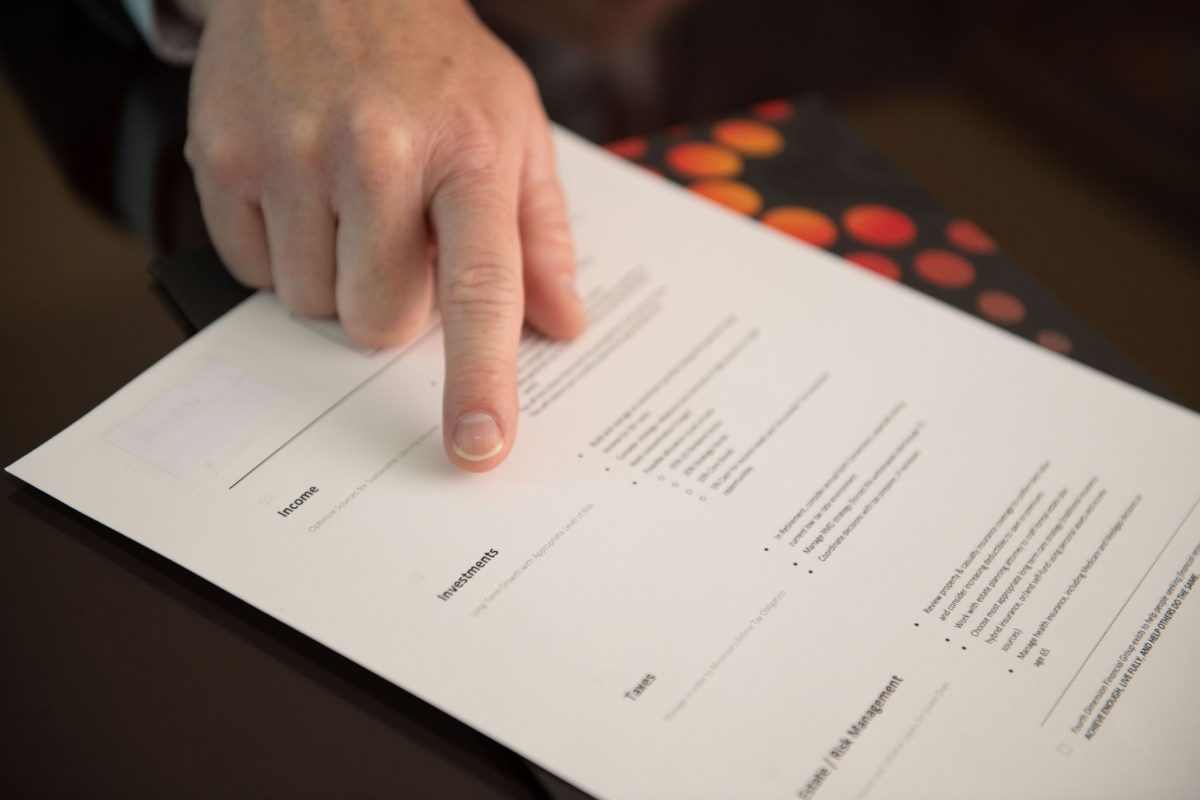If you have at least $200,000 in your retirement accounts, it’s now more important than ever to make the right plans for your IRAs and to integrate these plans into your estate planning. With the right planning, you can maximize the benefit to your beneficiaries, while also providing significant protection from creditors, bankruptcy, or divorce.
“The Stretch”
Under IRS rules, when a beneficiary inherits an IRA, they are allowed to take Required Minimum Distributions (RMDs) over their own life expectancy, instead of the original owner’s. Take a look at this example:
Child, age 45 at the time of parent’s passing, inherits a $200,000 IRA and withdraws only the RMDs (at Child’s rate). If the IRA grows at 6% per year, then when Child is 75, she will have taken over $400,000 in RMDs from the IRA, and the IRA will still have a value of over $300,000. This strategy is called a “Stretch IRA”.
Unfortunately, while this stretch-out strategy can be very effective, it is not automatic. No matter how smart they are, beneficiaries often make the unwise choice of cashing out the entire IRA right away. This can force the beneficiary to pay income taxes on the entire IRA all at once, and lose a tremendous amount of the long-term value of the IRA. If you’re like most of our clients, this is not what they want to happen after they pass.
Even if your beneficiaries are aware of the ability to take advantage of the Stretch IRA and make all the right decisions, the IRA can still be at risk! When a beneficiary receives the IRA directly and puts it into an Inherited IRA, that Inherited IRA is often exposed to the following problems:[vc_row inner_container=”true” padding_top=”0px” padding_bottom=”20px” border=”none” bg_color=”#eaeaea”][vc_column width=”1/2″]
• The beneficiary may have creditor issues, and the IRA could be subject to the claims of those creditors. The US Supreme Court ruled just last summer that Inherited IRAs are not protected in a bankruptcy; or
[/vc_column][vc_column width=”1/2″]• The wrong people may later inherit the IRA. For example, your child would likely name their own spouse as their beneficiary, passing your IRA to their spouse instead of your grandchildren. If the spouse later remarries, then your IRA could go to that new spouse or their kids, leaving your family entirely. [vc_column width=”1/1″]What can a smart investor do to avoid these common problems?
Well, a Standalone Retirement Trust (SRT) is a trust created to receive an IRA at the death of the IRA owner. It provides maximum income tax deferral and wealth accumulation for your IRAs, distribution to your desired beneficiaries though several generations, and divorce and creditor protection for your beneficiaries.
Even if you already have a Living Trust, the SRT provides additional valuable benefits and protections specifically for your retirement assets.
If you have at least $200,000 in your retirement accounts (either you alone, or if you’re married, you and your spouse combined), then I highly recommend that you look further into whether a SRT is right for you and your family. You can call our office (419-872-7670) and we’ll be glad to send you more information, or schedule an appointment to discuss preserving and protecting you.
Recent Articles

Show Your Work: Why Transparency Matters in Retirement Planning

Unlocking the Mystery of Income Taxes

Social Security Strategy: Do You Have One?

Pension Decision: Just One Critical Piece of Information Is Needed to Decide


